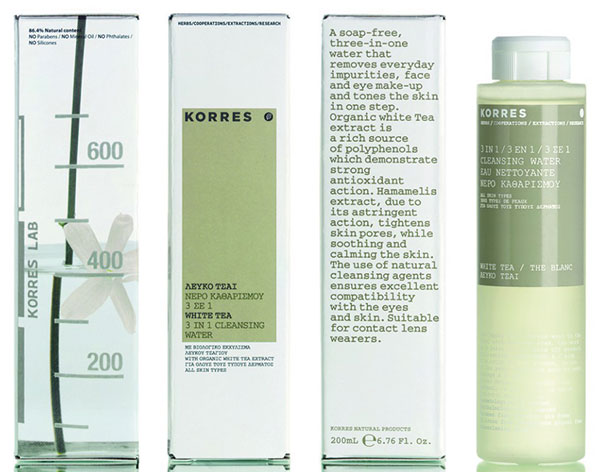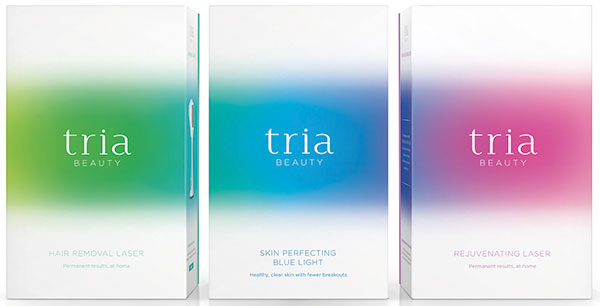Cosmetics/perfume: packaging
The Italian beauty industry: data, characteristics and evolution of a manufacturing sector with strong growth potential in both domestic demand and especially in exports. Plinio Iascone

According to the findings of a regular economic report by Cosmetica Italia, released in December, this sector should finish 2015 with 4.1% production growth (calculated by value).
In any case, it’s important to make clear that, although foreign demand is still driving the recovery, domestic demand has regained some ground as well.
Even though it’s just 0.5%, this is an important indicator of trend reversal after two years of decline.
The growth trend of Italian exports is due to the high level of competitiveness of Italian producers, which have grown in terms of quality and innovation.
Imports continue to show progressive growth hovering around a yearly average of 2-3%, and their share of domestic consumption averages 10-12%.
The flow of imports, in 2015, accounted for 22% of domestic consumption (this has remains largely stable in recent years).
74% of cosmetics/perfume products were marketed to women, 26% to men. Major retail chains is confirmed as the most important sales channel for cosmetics, with a value approaching 3,800 million euros and a positive growth trend.
Cosmetica Italia’s 2016 projections are oriented toward the continuation of modest growth for domestic consumption (+0.9-1%), a 9% increase in exports and +4% production.

Packaging: types and quantities
According to calculations by Istituto Italiano Imballaggio, 2014 ended with 3,378 million packagings in use (for domestic use as well as exports), a 0.5% decrease from 2013.
According to analysis of this year’s data, 2015 should have seen 4% growth over 2014, mainly driven by growth in exports.
Considering the recovery of domestic demand and export growth, early projections for 2016 foresee +5-6% growth.
Since Italy’s cosmetics sector undoubtedly has a lot of growth prospects, packaging will also benefit.
Glass. Flacons, bottles, jars and various rigid containers hold a 23.6% total share of primary packaging used to package the various cosmetics products.
It holds a dominant position in the important perfume market.
Plastic. Jars, flacons, tubes and rigid packaging continue to be the most common of this type, with a global share of 42.8%.
The largest shares are in the following sectors: haircare, body care, face creams and makeup, lipstick, deodorant and hand creams.
Rigid and flexible polylaminates. This packaging type is experiencing progressive growth.
The PE/ALL/PE flexible tube has a total share of 18.9%; flexible polylaminates for converting, primarily monodose bags, have 4%, with growing use in products for hands and perfumes.
In many cases, these two packaging types compete with plastic containers. In total, they hold a 9.6% share, lower than the previous year. The decline affected in particular steel containers, which went from 3 to 2%. Aluminium spray cans have largely maintained previous levels.
Paper. Paper bags (talcum powder) and wrapping paper (bar soaps) are mostly stable with 1.1%.
Paperboard. In the cosmetics/perfume sector, the board case is a very important secondary packaging for presentation. It is the most widely used type and is absolutely fundamental to the communication system of many high end products. It is estimated that the use of the case involves approximately 46% of packaging, and that 1,330 million units are on the market.
Plinio Iascone
Istituto Italiano Imballaggio
Where Beauty is distributed
What follows is a brief summary of data released in late 2015 by Cosmetica Italia, during the presentation of the 30th edition of the economic survey conducted by the research center sponsored by the association representing beauty and its distribution channels. Data as of second half of 2015.
Herbal shops remain unaffected by the still modest performance of the cosmetics market; 3% growth (market value over 430 million euro).
Pharmacies grew by 1.8% (market value at end of year is estimated to exceed 1,800 million euro); their strong performance is owed to consumers’ trust in this channel, particularly its reliability, specialization and attention to auxiliary services.
Large retailers (3,800 million euro) account for over 40% of cosmetics distribution in Italy; this sector showed signs of recovery with the close of 2015 (+0.8%). Retailers meet the needs of wide swaths of consumers with quality products at competitive prices.
The perfumes channel, after a year of major setbacks, is seeing reassuring signs of growth (1%; 2,100 million euro). Closer to the changing needs of consumers is the offer of direct sales, which continue to grow at a faster rate than other channels (+2.7%, for a volume exceeding 550 million euro).
Contractor manufacturing saw 4% growth, stoking hopes of a recovery in domestic consumption and supply abroad.
Professional channels: the indicators are still negative, but less so. On one hand, professional hairstylists saw -2% (valued at around 560 million euro), facing the challenge of how to approach a customer base that is increasingly demanding and alert to service quality. On the other hand, beauty spas continue to suffer from people cutting back on how often they go (-3.2%, for a market value of about 230 million euro).
Plinio Iascone
Istituto Italiano Imballaggio




















